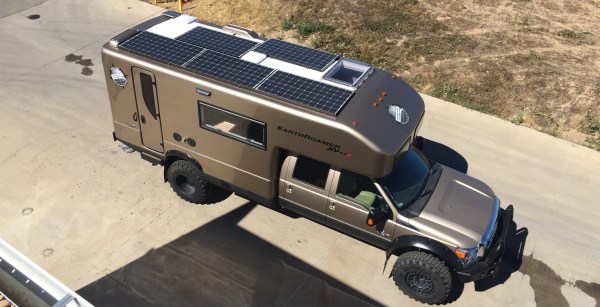Having a few plants around is a great way to liven up your living and/or working space. They look nice, you get to watch them grow and change, and some types of plants can actively improve the room’s air quality. But let’s face it — even the easy ones require a baseline level of care that can easily fall by the wayside. After all, the poor things can’t scream out for water or get up and find a sunnier spot for themselves.
 [Ine Hocedez] was tired of watching her plants die and not knowing why. The two main culprits involve water and light, though there can be other issues like soil pH and bugs. It’s easy to get the balance wrong, so why not automate everything?
[Ine Hocedez] was tired of watching her plants die and not knowing why. The two main culprits involve water and light, though there can be other issues like soil pH and bugs. It’s easy to get the balance wrong, so why not automate everything?
Plant’m is a complete, portable package that [Ine] designed for a school project. A soil moisture sensor dictates the watering schedule via Raspberry Pi, and water is automatically pumped from an elevated tank.
The lamp is meant to supplement the sunlight, not replace it. But that’s the real beauty of this botanical box — [Ine] can just pick it up and try a different spot if the plant droops or shows burnt spots.
Got the sunlight part down for your plant, but can’t remember to water it? Re-purpose an old Keurig and give it an automatic drip.

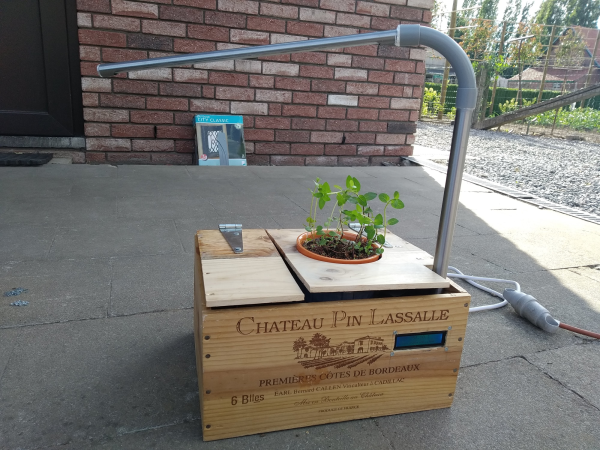

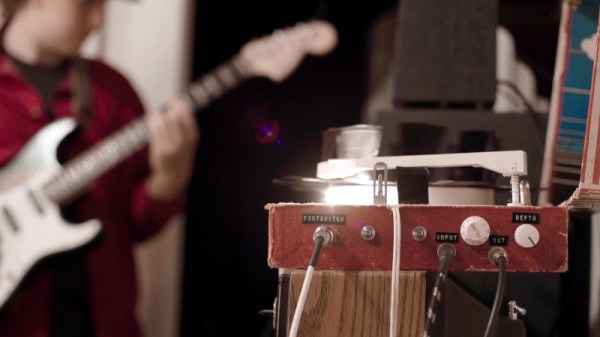
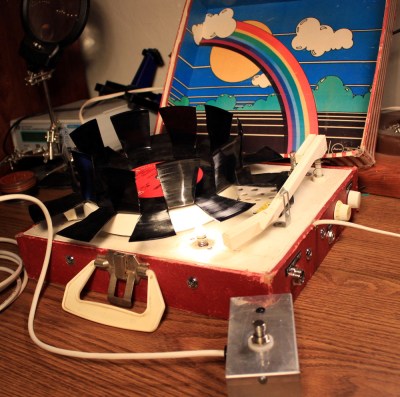
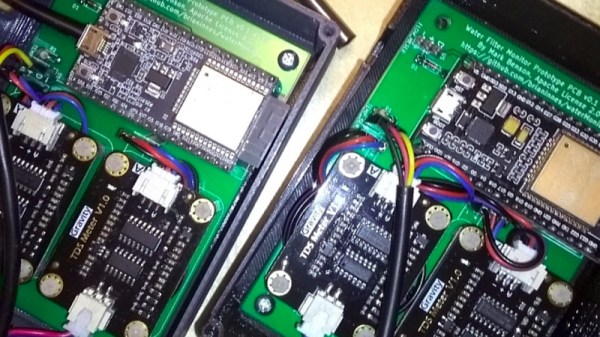
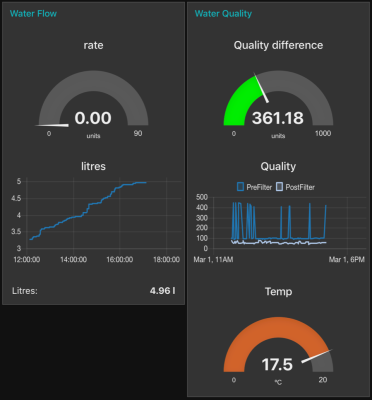 The water passing through the filter is monitored by a couple of DFRobot TDS modules, a flow meter, and a DS18B20 temperature sensor. The data from these is fed into an ESP32 dev board, which makes it available by a web interface for handy accessibility through a smartphone. It can then be used to work out how much of the filter’s capacity has been used, and indicate when a replacement is needed. All the code is available in
The water passing through the filter is monitored by a couple of DFRobot TDS modules, a flow meter, and a DS18B20 temperature sensor. The data from these is fed into an ESP32 dev board, which makes it available by a web interface for handy accessibility through a smartphone. It can then be used to work out how much of the filter’s capacity has been used, and indicate when a replacement is needed. All the code is available in 

